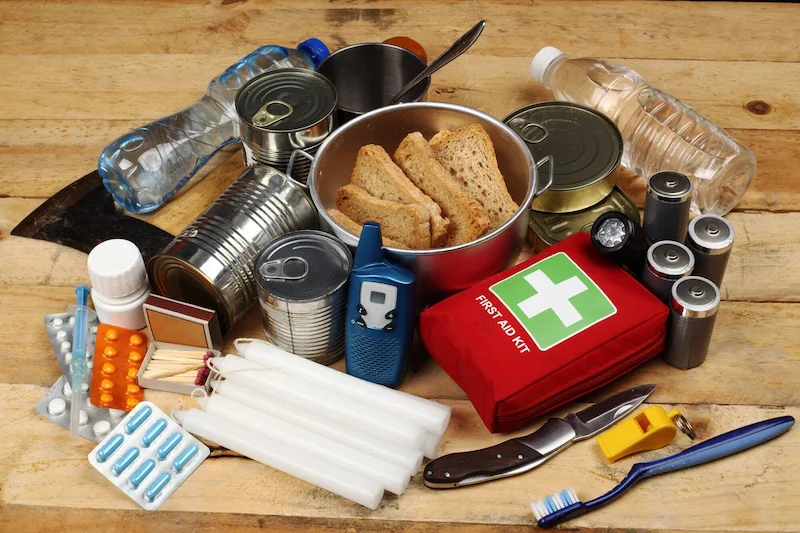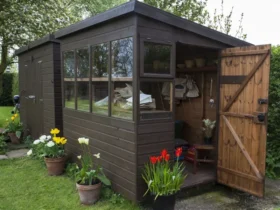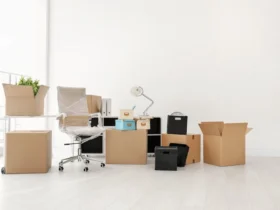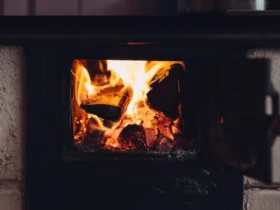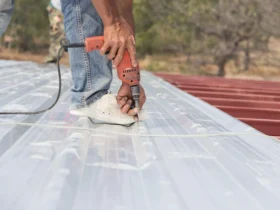From scary hurricanes and earthquakes to summer wildfires and floods, these catastrophic events can wreak havoc on communities, leaving destruction and upheaval in their wake.
But you don’t have to be just floating in the wind, waiting for something bad to happen.
Read on to find out how to prepare for a natural disaster.
Have a Plan
Begin by creating a comprehensive emergency plan that outlines communication strategies, evacuation routes, and designated meeting points for your family. Make sure everyone in your household is familiar with the plan, conducting regular emergency drills to reinforce the procedures.
Keep a close eye on weather forecasts from solid sources, such as the National Weather Service. Sign yourself up for local emergency alerts to receive real-time information about potential risks and evacuation orders. They can also give you options for disaster relief.
Secure your home by identifying and addressing potential hazards. This may involve securing heavy furniture and appliances, installing smoke detectors, properly-maintained fire extinguishers, and carbon monoxide detectors, and reinforcing windows and doors for added protection.
Make a Kit
Assemble a basic kit that includes essential items for survival. Water is a top priority, so aim for at least one gallon per person per day for a minimum of three days. Non-perishable food options should also be included.
Protect your important documents by placing them in a waterproof and portable container. Include copies of identification, insurance policies, medical records, and contact information. Cash, in small denominations, is also advisable as ATMs may not be accessible during emergencies.
Tailor your emergency kit to the specific needs of your family, including items for infants, elderly family members, or pets. Consider adding comfort items such as books, games, or a favorite toy for children to help alleviate stress during challenging times.
Regularly review and update your emergency kit, replacing expired items and adjusting supplies based on changes in your family’s needs.
You may like – The Importance of Tree Trimmings for Healthy Landscapes
Learn Some Skills
Acquiring certain skills is an essential aspect of comprehensive disaster preparedness. First aid and CPR training are fundamental skills that can make a major difference in emergency situations.
Knowing how to give basic medical care can aid in treating injuries and potentially save lives until professional help arrives.
Clean Up Afterwards
If the worst does happen, you’ll want to make sure you have a way to recoup after a natural disaster.
Before entering any damaged or flooded areas, assess the structural integrity of buildings and check for potential hazards such as gas leaks or electrical issues. If there are immediate safety concerns, contact local authorities or emergency services for assistance.
Coordinate with local authorities and follow any guidelines or regulations they provide for debris removal and disposal. Separate debris into categories such as vegetation, construction materials, and hazardous waste to facilitate proper disposal and recycling efforts.
You’ll definitely need to have a water damage restoration company on hand.
Start Preparing for a Natural Disaster Today
There’s so much to do to prepare for the next natural disaster; plan early to avoid last-minute stress.
Do you want more tips to keep yourself and your family safe? You’ll find more advice like this under ‘Home Essentials’.
You may like – Top 8 Most Reliable Sports Cars of the Decade


